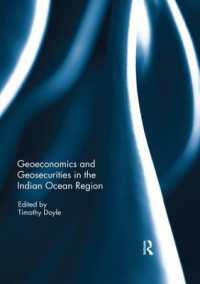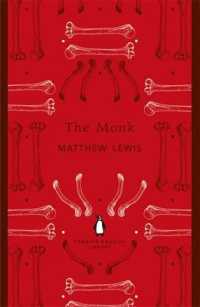- ホーム
- > 洋書
- > 英文書
- > Business / Economics
Full Description
For over a century, New Zealand has built its economy through a series of commodity-based booms - from wood and wool to beef and butter. Now the country faces new challenges. By doubling down on dairy farms, aren't New Zealanders destroying the clean rivers and natural reputation upon which the country's primary exports (and tourism) are based? And in a world where value is increasingly rooted in capital- and technology-intensive industries, can New Zealand really sustain its high living standards by growing grass?
This book takes readers out on to farms, orchards and vineyards, and inside the offices and factories of processors and exporters, to show how New Zealanders are answering these challenges by building The New Biological Economy. From Icebreaker to Mr Apple, from milk and merino to wine and tourism, from high-end Berlin restaurants to the shelves of Sainsbury's, innovative companies are creating high-value, unique products, rooted in particular places, and making pathways to the niche markets where they can realise that value.
The New Biological Economy poses key questions. Do dairy and tourism have a sustainable future? Can the primary industries keep growing without destroying the natural world? Does the future of New Zealand lie in high tech or in the innovations of a land-based economy?
Contents
Preface
The Biological Economies team
1 Introduction
2 Dairying in question
3 Making lamb futures
4 The merino story
5 The two lives of the kiwifruit industry
6 Securing the future of apple production
7 New Zealand wine: seeking success beyond growth
8 Tourism, landscapes and biological resources
9 The Taniwha economy
10 The Banks Peninsula promise
11 Central Otago transformed
12 Reimagining Hawke's Bay
13 Te Ipu Kai and the Food Innovation Network
Epilogue
Notes
Index







